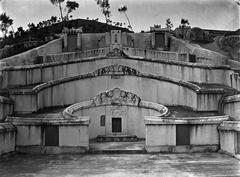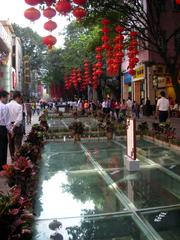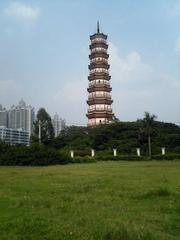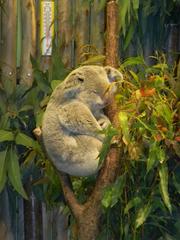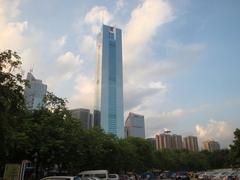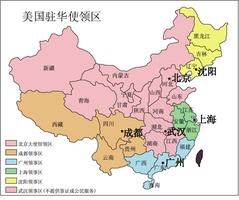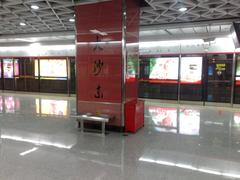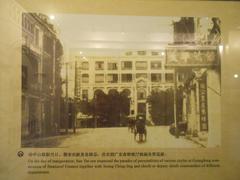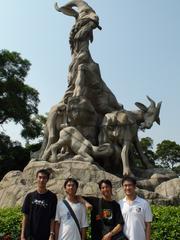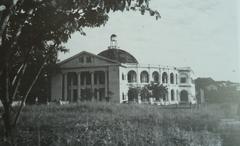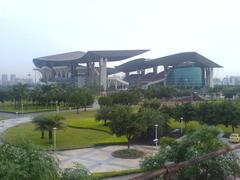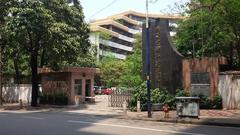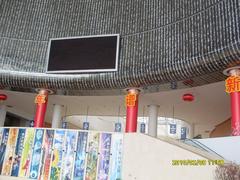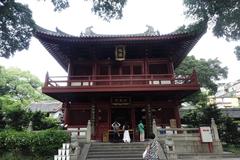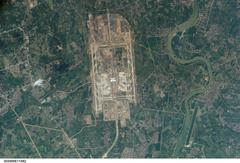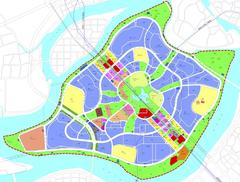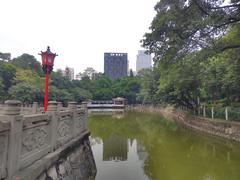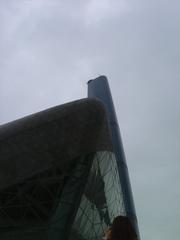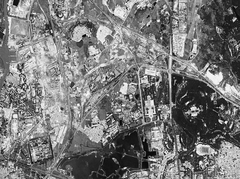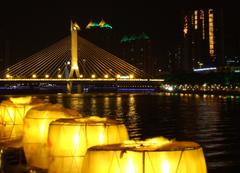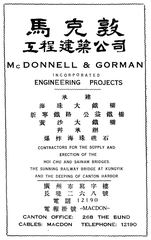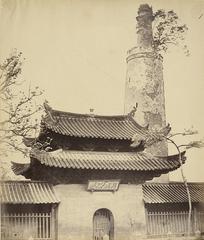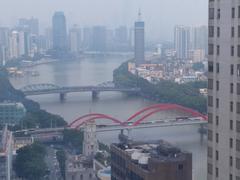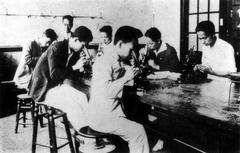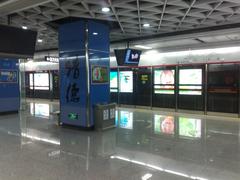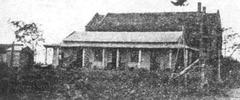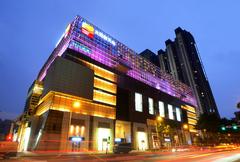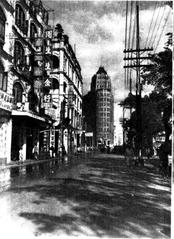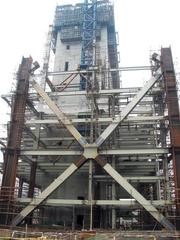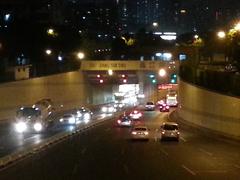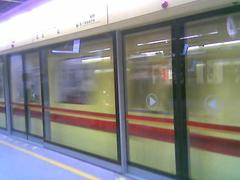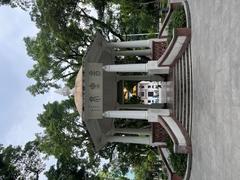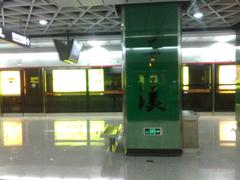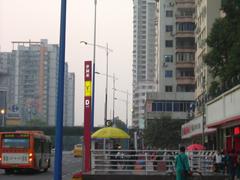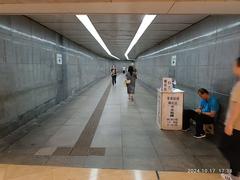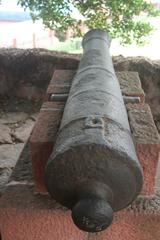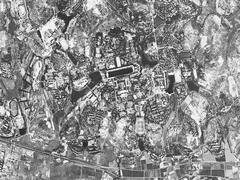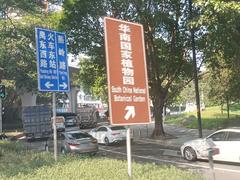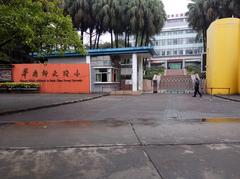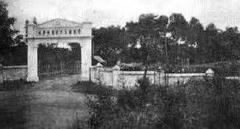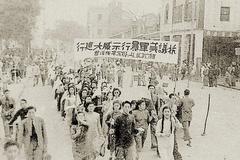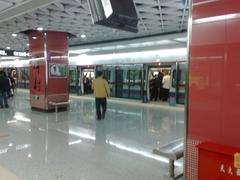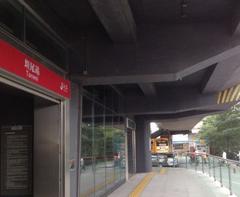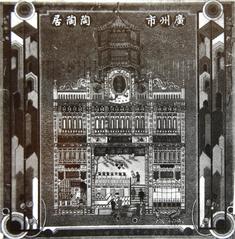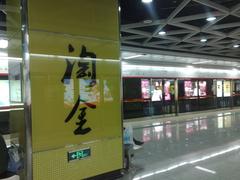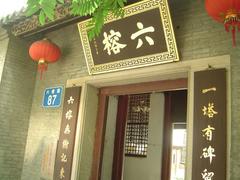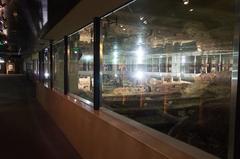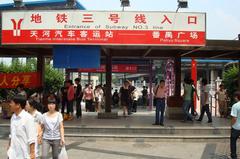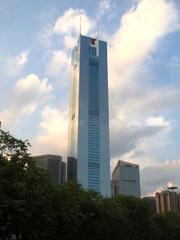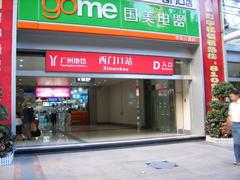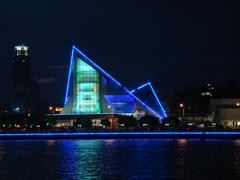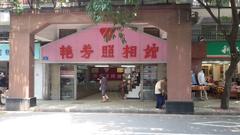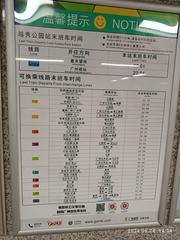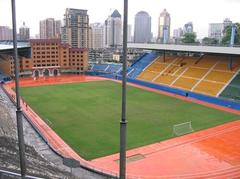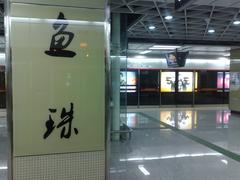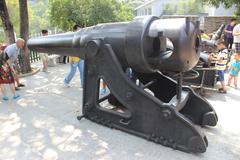Zhuguang Subdistrict Guangzhou: Visiting Hours, Tickets, and Attractions Guide
Date: 15/06/2025
Introduction: Historical and Cultural Significance
Zhuguang Subdistrict, positioned within the bustling metropolis of Guangzhou, offers an authentic immersion into Cantonese culture, history, and urban daily life. As part of the historic Panyu region—once the capital of Nanhai Commandery under the Qin dynasty—Zhuguang showcases the city’s evolution from ancient settlements to its modern role as a cultural and commercial powerhouse (Britannica; Wikiwand; China Culture Tour).
Visitors can experience the genuine rhythm of Guangzhou through local markets, teahouses, and community spaces. Zhuguang’s proximity to renowned sites such as the Chen Clan Ancestral Hall, Shamian Island, and the Mausoleum of the Nanyue King makes it a convenient base for cultural exploration (Travel China Guide). The area’s blend of historical Lingnan architecture and modern developments, together with seasonal festivals, creates a rich tapestry for both photography and cultural appreciation (China Highlights).
With efficient transport links—including metro, bus, and easy access to Baiyun International Airport—Zhuguang is both accessible and visitor-friendly. Its community-centric atmosphere offers a peaceful alternative to Guangzhou’s more crowded districts, making it ideal for families, solo travelers, and culture seekers. This guide compiles all essential information on visiting hours, ticketing, accessibility, travel tips, and the best attractions in and around Zhuguang (Travel China Guide).
Contents
- Introduction
- Historical Evolution of Zhuguang Subdistrict
- Cultural Heritage and Local Identity
- Economic and Social Dynamics
- Urban Landscape and Architecture
- Accessibility and Visitor Experience
- Practical Visitor Information (Hours, Tickets, Tips)
- Notable Nearby Attractions
- Frequently Asked Questions (FAQ)
- Visual and Interactive Elements
- Internal Links for Further Exploration
- Conclusion and Call to Action
Historical Evolution of Zhuguang Subdistrict
Ancient Roots and Urban Growth
Zhuguang’s roots stretch back to the city’s earliest settlements, tracing the development from the Baiyue people of the Western Zhou dynasty to the formation of Nanwu Cheng and, later, Panyu—Guangzhou’s original name (Britannica; China Culture Tour). Over centuries, the city expanded, integrating villages and farmlands, with Zhuguang’s boundaries reflecting Guangzhou’s layered history (Wikiwand).
Administrative Importance and Modern Development
As one of Guangzhou’s 135 subdistricts, Zhuguang participates actively in local governance and community management (Wikiwand). The rapid urbanization following China’s economic reforms transformed Zhuguang from a peripheral locale to a vibrant urban center, attracting migrants and fostering a multicultural environment (Then and Nows; Attractions of China).
Cultural Heritage and Local Identity
Zhuguang reflects Guangzhou’s rich traditions: Cantonese opera, embroidery, and a diverse culinary scene (China Culture Tour). While not home to the city’s most famous monuments, Zhuguang offers a window into authentic daily life through its markets, community festivals, and teahouses. With easy access to major landmarks such as the Chen Clan Ancestral Hall and Shamian Island, visitors can explore historical and cultural sites with ease (Travel China Guide). Local festivals bring streets to life, celebrating Guangzhou’s identity as the “City of Five Rams” and the “City of Flowers” (China Highlights).
Economic and Social Dynamics
Benefiting from Guangzhou’s status as a commercial hub, Zhuguang features thriving markets and modern shopping centers. The Canton Fair and diverse local businesses make it a dynamic area for both commerce and social exchange (Then and Nows). Its multicultural social fabric is apparent in the range of cuisines, languages, and celebrations found throughout the subdistrict (Attractions of China).
Urban Landscape and Architectural Features
Zhuguang’s cityscape fuses contemporary high-rises with traditional Lingnan-style residences (The Tourist Checklist). Community parks and green spaces offer relaxation and host regular events, reinforcing Guangzhou’s reputation as the “City of Flowers” (China Highlights).
Accessibility and Visitor Experience
Transportation
Zhuguang is well-served by metro lines, buses, and is conveniently located near major railway stations and Baiyun International Airport (Travel China Guide). The area’s quieter residential feel, compared to downtown tourist spots, offers a more relaxed and authentic visit.
Accessibility for People with Disabilities
Public transport and many facilities in Zhuguang are accessible, with ramps, elevators, and priority seating. Visitors with special needs should consult official channels for up-to-date accessibility details.
Practical Visitor Information
- Visiting Hours: Zhuguang itself is open at all hours. Most shops and parks: 7:00 AM–9:00 PM. Major attractions have set hours (e.g., Chen Clan Ancestral Hall: 8:30 AM–5:30 PM).
- Tickets: No fee for the subdistrict; nearby attractions may charge admission.
- Events: Seasonal festivals, performances, and fairs occur, especially during major Chinese holidays.
- Tours: No official tours, but many city tours include Zhuguang. Self-guided exploration is easy and rewarding.
- Language: Mandarin and Cantonese are spoken; English is limited outside tourist hotspots—bring a translation app.
- Currency: Chinese Yuan (CNY). ATMs and mobile payments (Alipay, WeChat Pay) are widely accepted.
- Accommodation: Options from budget to upscale. Early booking is advised during large events (China Highlights).
- Etiquette: Bargaining is common in markets; respect local customs.
- Transport: Metro signage is in English and Chinese. Taxis and ride-hailing are readily available.
- Safety: Generally safe; standard precautions apply.
Notable Nearby Attractions
- Chen Clan Ancestral Hall: Lingnan architecture, folk art, and museum exhibits (Travel China Guide).
- Shamian Island: Colonial-era buildings and water views (China Highlights).
- Yuexiu Park: Iconic Five Rams Statue and historic Zhenhai Tower (Travel China Guide).
- Mausoleum of the Nanyue King: Han dynasty tomb and museum (China Culture Tour).
- Guangzhou Food Streets: Culinary adventures in local markets (The Tourist Checklist).
Frequently Asked Questions (FAQ)
Q: What are the visiting hours for Zhuguang Subdistrict?
A: Shops and parks generally operate from 7:00 AM to 9:00 PM. Hours for specific attractions may differ—check ahead.
Q: Are tickets required to visit Zhuguang?
A: There’s no entrance fee for the area itself. Tickets are needed for some nearby attractions.
Q: Are guided tours available?
A: No official tours for Zhuguang, but many city tours make stops here.
Q: What are the top photo spots?
A: Look for traditional Lingnan architecture and the vibrant street scenes; nearby Chen Clan Ancestral Hall and Shamian Island are also favorites.
Q: Is Zhuguang accessible for people with disabilities?
A: Many facilities are accessible, but always confirm specific needs in advance.
Visuals and Interactive Elements
To prepare for your visit, review online maps highlighting Zhuguang’s layout, metro stops, and nearby points of interest. Viewing photos and videos of local festivals, street markets, and architecture will enhance your understanding and anticipation.
Internal Links for Further Exploration
Conclusion and Call to Action
Zhuguang Subdistrict is a vibrant portal into Guangzhou’s living heritage, offering visitors a blend of history, community, and culture. From local markets and seasonal celebrations to convenient access to major city landmarks, Zhuguang is ideal for those seeking an authentic urban experience.
Plan your visit today and enhance your journey with the Audiala app for real-time travel updates, event calendars, and guided tours. Follow us on social media for fresh stories and insights from Zhuguang and beyond!
This guide provides a comprehensive overview of Zhuguang Subdistrict, its history, key visitor details, and cultural highlights to help you plan an unforgettable Guangzhou adventure.
Sources
- Britannica, History of Guangzhou
- Wikiwand, List of administrative divisions of Guangzhou
- China Culture Tour, Guangzhou Culture and History
- Travel China Guide, Guangzhou Attractions
- China Highlights, Things to Do in Guangzhou
- Then and Nows, Guangzhou Then and Now
- Attractions of China, Interesting Guangzhou Facts
- The Tourist Checklist, Things to Do in Guangzhou
